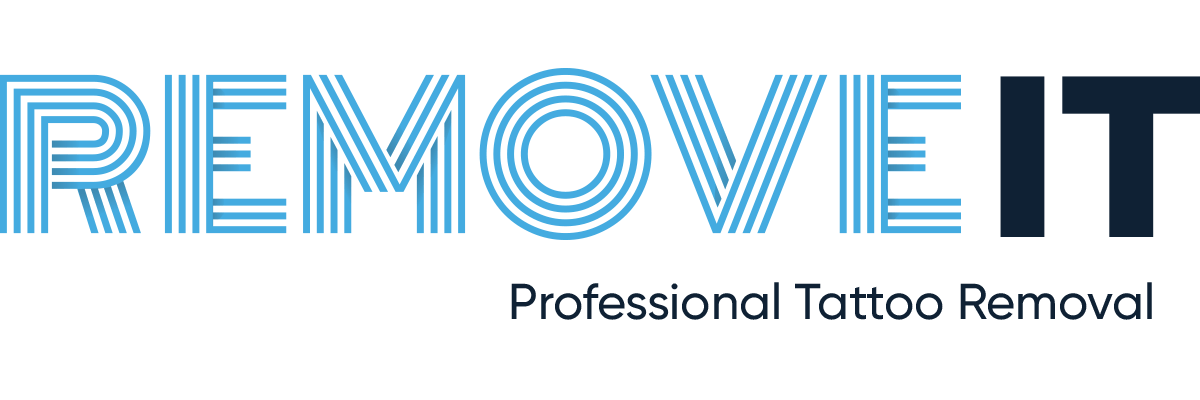Laser tattoo removal is a widely sought-after procedure for those looking to bid farewell to unwanted ink. However, as with any medical procedure, concerns about potential complications, including infection, can arise. In this article, we delve into the question: Can laser tattoo removal get infected?
Laser tattoo removal uses intense beams of light to break down tattoo pigments within the skin, prompting the body’s natural immune response to eliminate these particles. The process involves creating micro-wounds in the skin, essentially kickstarting the body’s healing response.
Infections typically occur when foreign agents, such as bacteria, infiltrate these micro-wounds, disrupting the natural healing process. However, it’s essential to note that the risk of infection post-laser tattoo removal is relatively low, especially if proper aftercare guidelines are followed diligently.
The key to minimizing the risk of infection lies in adhering to the recommended aftercare routine. This typically includes keeping the treated area clean and applying any prescribed ointments to facilitate optimal healing. Maintaining a sterile environment reduces the likelihood of bacteria gaining access to the micro-wounds, mitigating the risk of infection.
Ask your laser tattoo removal specialist how they recommend you care for your skin after treatment and ensure that their process includes sanitizing the treatment area before, wearing clean gloves and bandaging the treated area afterwards.
Avoiding interference with the healing process is equally crucial. Scabbing and blisters are rare but not unlikely. Patients are advised against picking at scabs or engaging in activities that may compromise the integrity of the healing skin. Allowing the body to undergo its natural healing phases without external interference contributes significantly to a smoother recovery process.
Following your aftercare instruction is essential when monitoring for signs of infection. Increased redness, swelling, or abnormal discharge from the treated area could be indicative of an infection taking hold. In such instances, seeking prompt medical attention from the healthcare professional overseeing the laser tattoo removal procedure is imperative.
Understanding that infections, while rare, can occur post-laser tattoo removal underscores the importance of selecting a reputable and experienced practitioner like the professionals at RemoveIt. Professionals in the field prioritize patient safety and provide comprehensive guidance on aftercare practices to minimize potential complications.
In conclusion, while laser tattoo removal is the safest and most non-invasive procedure for removing unwanted ink, it does present a minimal risk of infection, meticulous adherence to aftercare instructions significantly reduces this risk. Patients can confidently undergo the procedure with the assurance that, when approached with care and carried out by the skilled professionals at , laser tattoo removal remains a safe and effective method for erasing unwanted ink.



